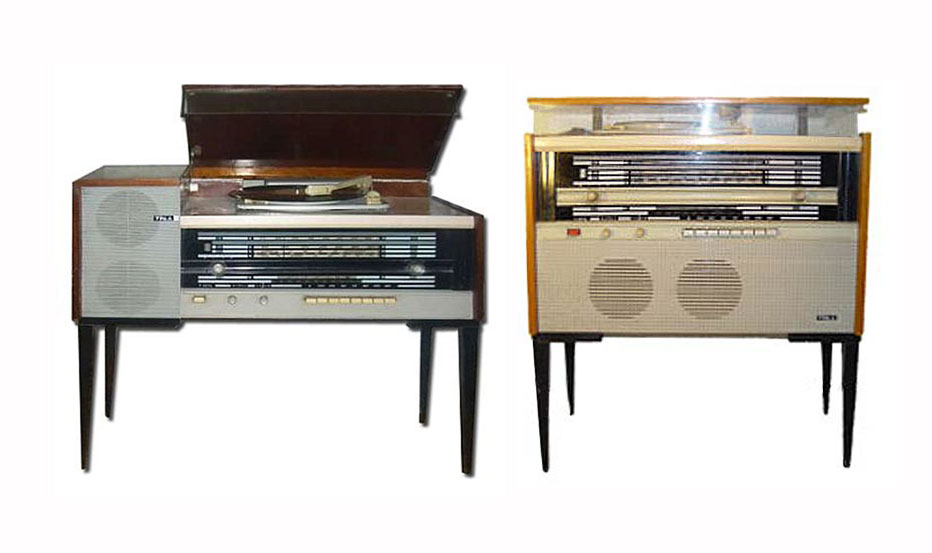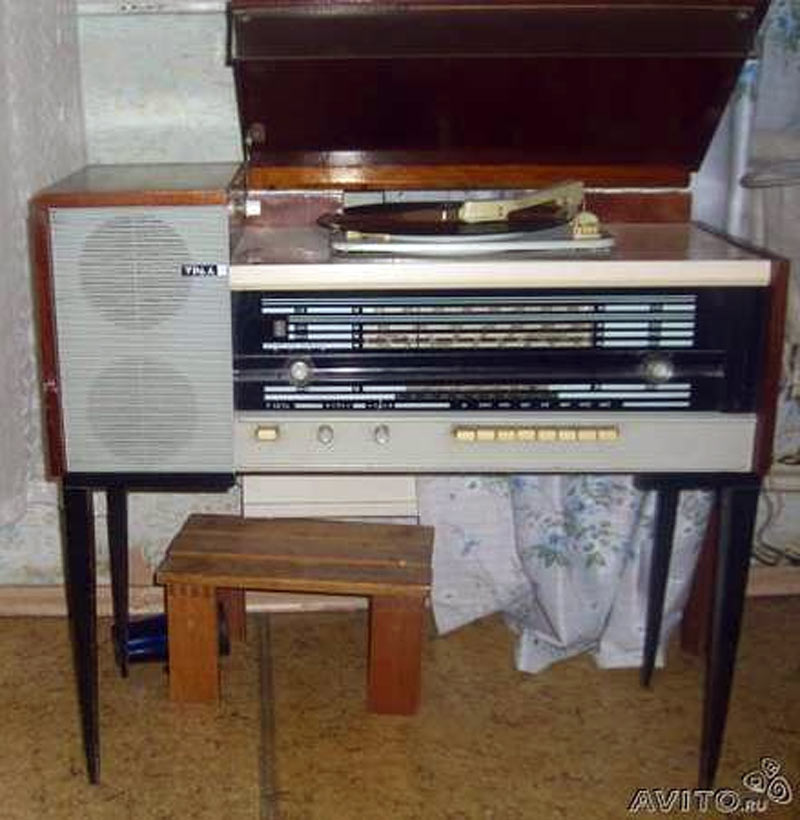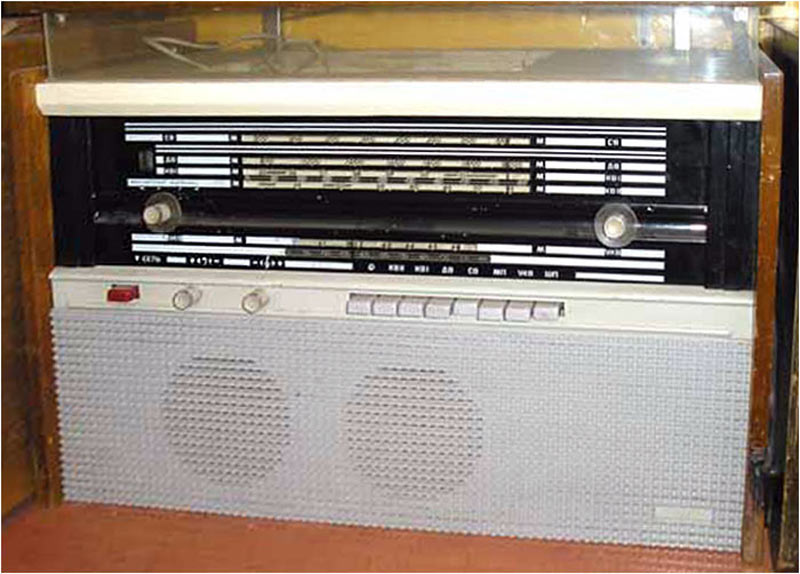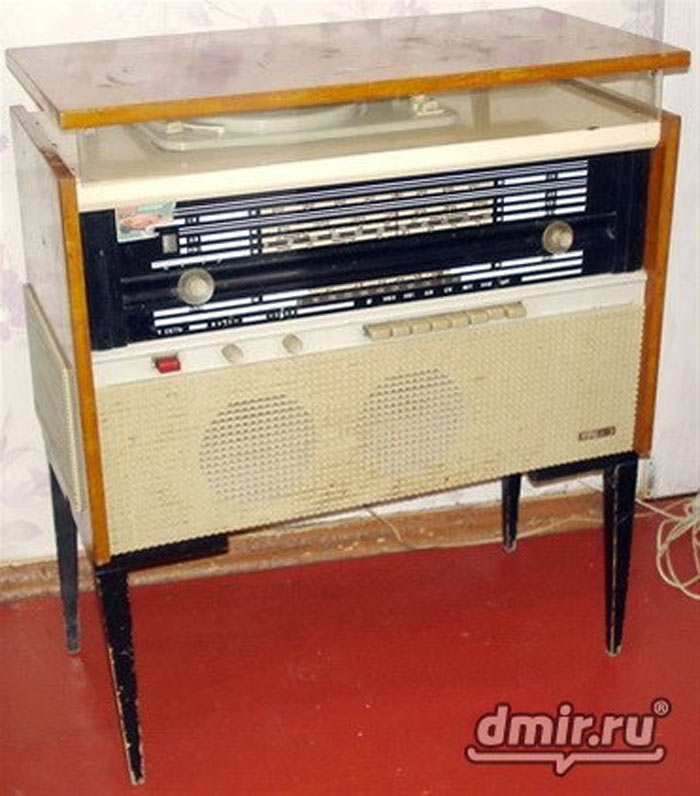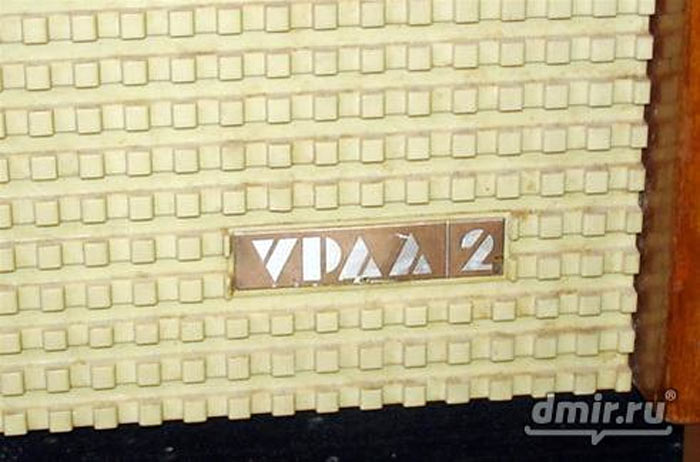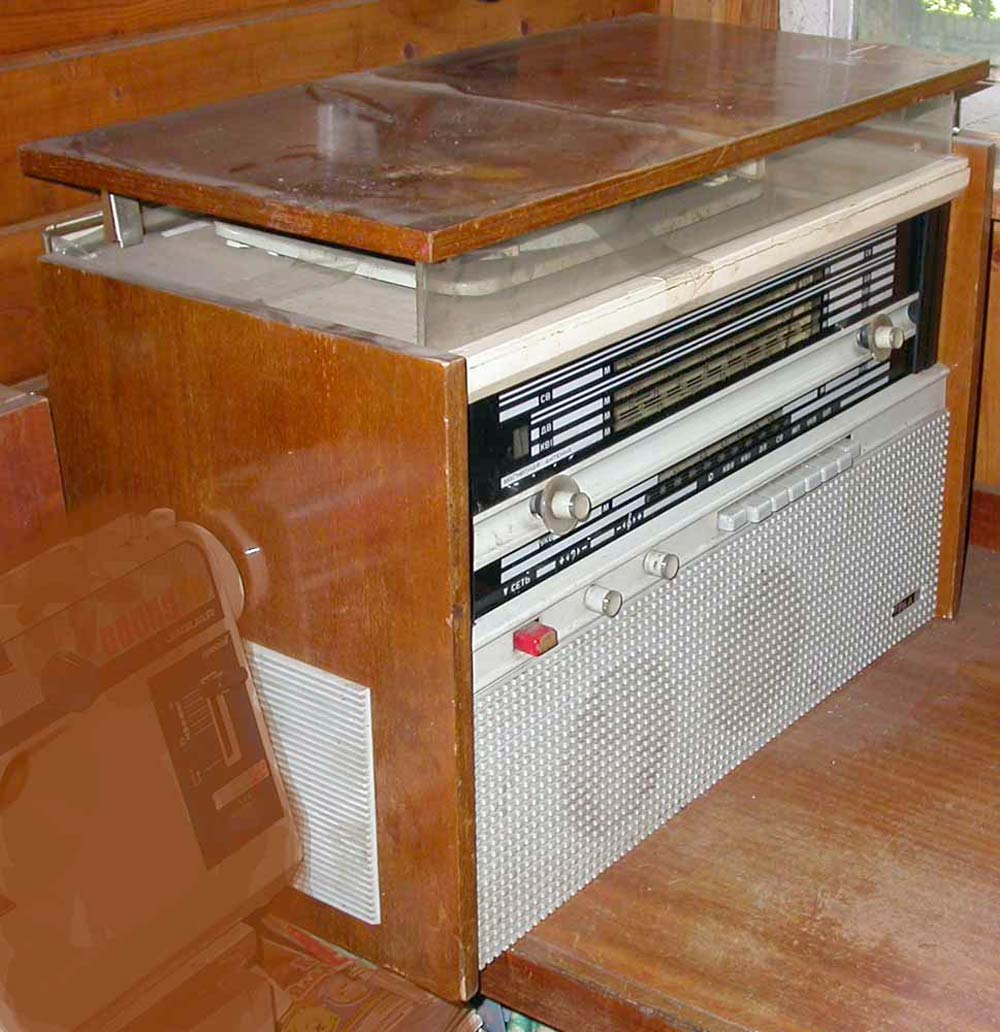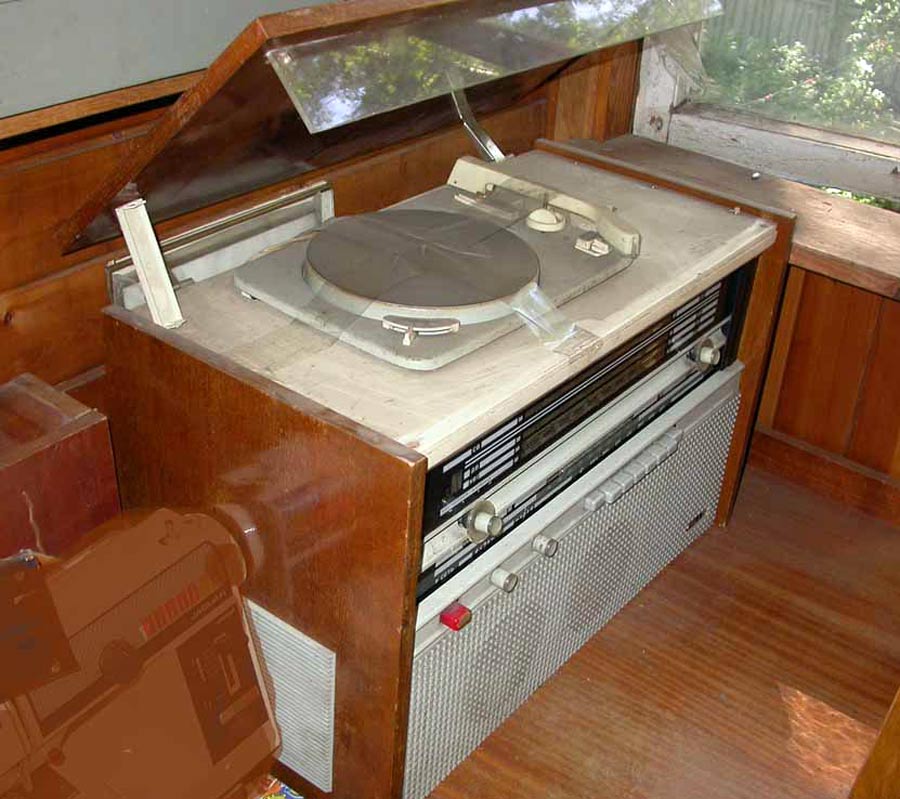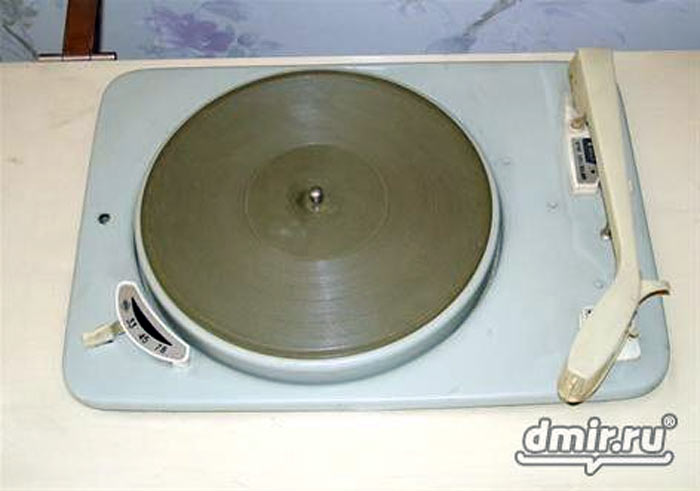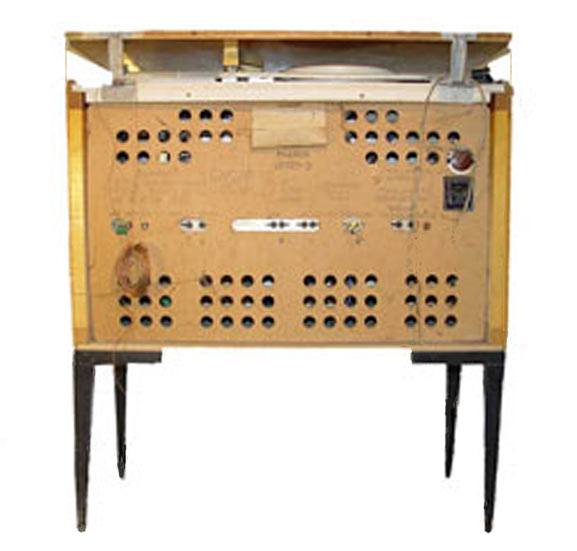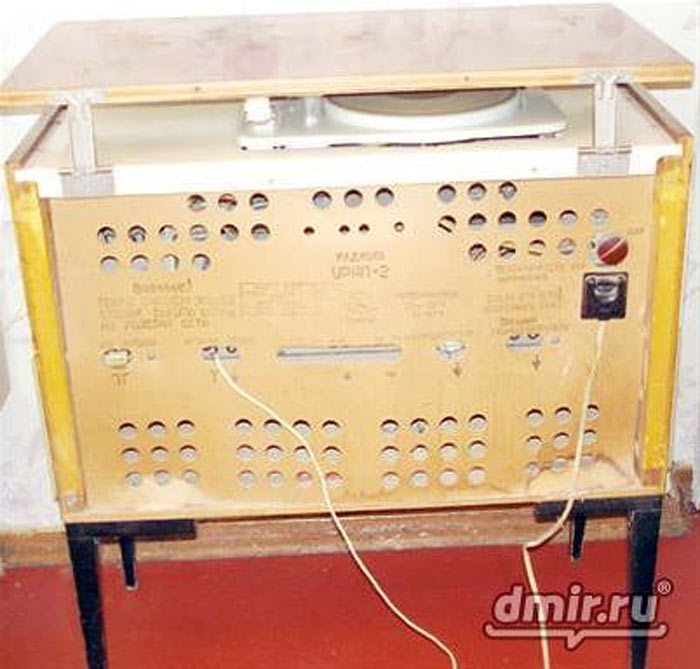Network tube radios "Ural-1" and "Ural-2".
Network tube radiosDomesticNetwork tube radios "Ural-1" and "Ural-2" have been produced since 1965 by the Ordzhonikidze Sarapul plant. Radiols "Ural-1", "Ural-2" are the same according to the electrical circuit, the only difference is in the external design. Radiola "Ural-1" was produced in a desktop and floor design, in the main photo it is on the left, and the radiola "Ural-2" (on the right) was produced only in floor design. Radiola "Ural-1,2" is a 1st class radio receiver combined with an electric player. Radiola provides reception in the ranges of DV, SV, KB and VHF. Radiola has an internal magnetic antenna, VHF dipole, AGC and smooth tone control for HF and LF, IF bandwidth switch (SHP and UP), position `` local reception '', broadband speaker system, consisting of 2 loudspeakers 2GD-19 and 2x 1GD-19. Unlike the 2nd class radio "Ural" produced in 1963, the radio "Ural-1,2" was transferred to the 1st class. Radiola `` Ural-1,2 '' has lamps: 6NZP, 6I1P (2 pcs.), 6K4P, 6X2P, 6E1P, 6N2P and 6P14P. The wave ranges are standard; DV, SV, KV-2 75.9 ... 40.5 m, KB-1 32.0 ... 24.8 m. Sensitivity in the ranges DV, SV is not worse than 150 μV, in the KB ranges 200 μV, in VHF range 10 μV. Selectivity on the adjacent channel in the ranges DV, SV 46 dB. The range of reproducible sound frequencies due to some changes in the scheme and design of the speaker system is expanded in comparison with the Ural radio. When receiving radio stations on DV, SV, KB, it is - 60 ... 4000 Hz, VHF - 60 ... 12000 Hz, when playing a record 60 ... 10000 Hz. Power consumption when receiving 65 W, the operation of the EPU is 80 W. The dimensions of the radio are 660x340x770 mm, weight is 27 kg. Until the first half of 1966, the Ural-1,2 radios were produced according to the electrical circuit of the Rigonda-Mono model, differing only in external design and acoustics. Radiola `` Ural-1,2 '' release from the second half of 1966 has a slightly different email. scheme.